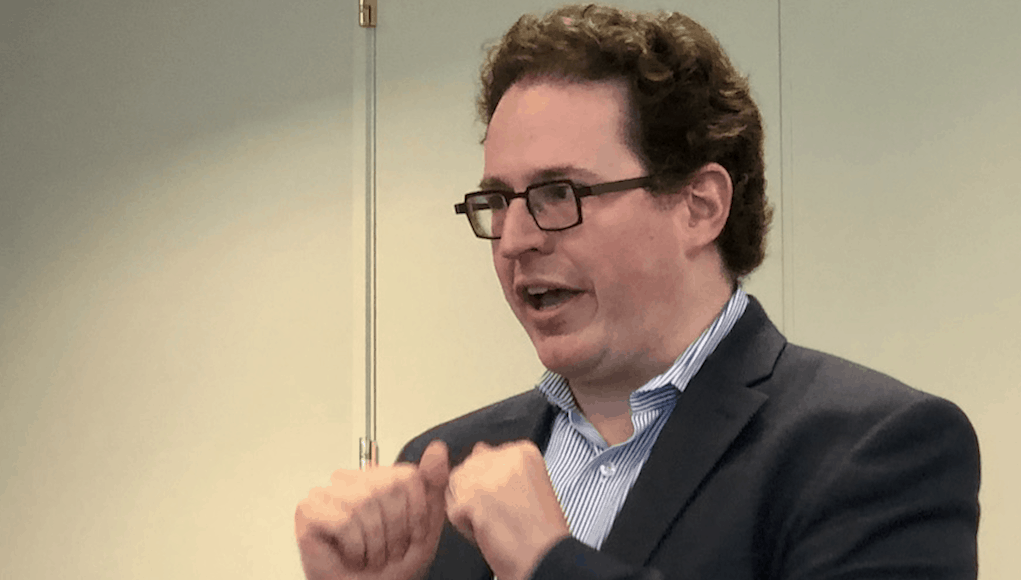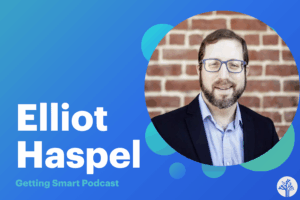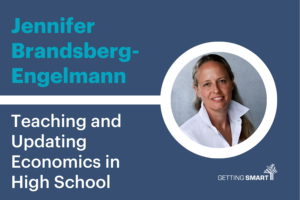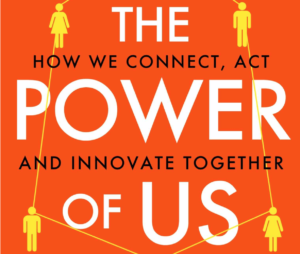How to Fix Higher Education: Seven Keys

We are watching the slow motion implosion of a cherished institution. The majority of Americans have lost confidence in college and many are considering alternatives.
A growing number of high school graduates are skipping college and stepping into technical jobs that offer an earn and learn career ladder. High school students that aspire to college are accumulating more free credit while in high school.
Working adults are increasingly taking advantage of employer provided or subsidized education or seeking rapid employment-focused alternatives like coding bootcamps.
As a result of demographic and market changes, most colleges are losing enrollment and finding it harder to raise prices. The first post in this series examined 12 trends killing college. Despite the bad news, there are new entrants and updated incumbents that are dramatically improving their value proposition. Following are seven keys to a vibrant future for higher education.
1. Clarity of Purpose. Key to delivering value in higher education is clarity of purpose. Thriving institutions have created a distinctive mission and focus on active engagement around priority outcomes.
As the most selective university program, the Minerva Project just graduated its first undergraduate class. Designed from scratch to develop global leaders, the program hosted by the Keck Graduate Institute focuses on 100 success habits and foundational concepts. Minerva instructors use the Forum platform to engage learners in active dialog in socratic seminars. As they study in seven of the world’s leading cities, students participate in place-based projects.
Northeastern is a 120 year old institution transformed into a global, experiential, research university built on a tradition of engagement with the world. New programs like Network for Experiential Teaching and Learning (NExT) create a global platform for educators to connect practice to more innovative, workplace-based learning.
Colorado School of Mines is a 145 year old school with an updated mission focused on Earth, Energy and Environment with a new commitment to engaging students in active learning and doing good in the world. Mines is part of the KEEN network of 44 universities training engineers to spot opportunity and deliver impact.
CEMS is a global network of 32 business schools engaging learners on sustainability and value creation.
2. Broader Evidence. Garrett Lord, CEO of career network Handhshake said two thirds of messages on the platform did not include GPA, companies are more interested in evidence of job ready competencies.
Following the lead of employers, more than 30 brand name colleges are looking beyond test scores and considering real evidence in search of youth ready to make a unique contribution now and in the future. The Coalition for College is 140 institutions supporting a common application and portfolio resources to increase access to higher education.
With growing interest in demonstrated competence over seat time and pedigree, many high schools want to present a more complete picture of a young person’s capabilities. Dallas County high schools are going to deploy an extended transcript to more fully share career readiness information. Another example is the 250 schools that have banded together in the Mastery Transcript Consortium to create a new way to share demonstrated capabilities.
3. Focus on Employability. Students are clear about their focus on employability and colleges are following their lead by focusing on job-ready skills.
“Higher education can be both intellectually stimulating and practical,” said Gordon Jones, dean of Boise State University’s new College of Innovation and Design. He argues that education and training can co-exist in the same programs. However, he added, colleges need to acknowledge that traditional deliverables—knowledge, a network, a credential and transformational learning experiences—are increasingly being assembled outside formal sources.
Following the lead of Olin College, more institutions are focusing on design thinking and entrepreneurship. Others are partnering with companies like Trilogy (recently acquired by 2U) to add employment-focused bootcamps.
4. Supporting Adult Learning. Many community colleges have long served so-called nontraditional students (25 and older) but they’re becoming the norm on many four year campuses as well. The need for lifelong learning is accelerating this trend.
Now that we all need to keep learning, the scramble is on to support your learning plan. “Institutions must prioritize and recognize ongoing learning—both formal and informal—for their faculty, staff and students,” said the NMC Horizon Report. Professional schools, alumni associations and online marketplaces (Udemy, Skillsoft, Linkedin) all want to be your primary learning provider.
Startups like College Unbound are demonstrating the importance of flexibility, strong supports and recognizing prior learning in serving working adults and boosting completion rates.
5. Active Monitoring. Using chatbots, big data sets and predictive algorithms, a growing number of institutions are monitoring academic and social health and pinpointing interventions to boost persistence.
Georgia State tracks 800 items to track undergraduate progress and spot at-risk behaviors allowing advisers to respond in a timely manner to get students back on track.
At Florida State University every student is on a “success team” which includes academic, career and College Life counselors and peer mentors. Monitored progress, smaller classes and stronger engagement boosted on time graduation.
6. Focus on Affordability. ASU has put access first, control costs, and support completion. In addition to cost control measures, universities are following Purdue’s lead and holding the line on cost and exploring income sharing agreements to reduce student debt.
A great way to make college affordable is to go to work for a company that will subsidize it. Walmart’s Live Better U includes 14 tech degrees and certificates for $1 a day in partnership with Guild Education. (See more examples of education as a benefit.)
7. Agility. The education advocacy group America Succeeds calls this new era the Age of Agility. The institutional ability to become responsive to a dynamic market may be the single most important characteristic of sustainable higher education.
A new example is the Udacity nanodegree for AI Product Managers. Created with Figure Eight, the curriculum and design projects teach students how to build AI-powered products and bring value to their businesses using AI. This job category is about two years old and growing fast.
Agility and market awareness doesn’t mean higher education should abandon liberal arts—they still prepare thoughtful citizens and provide transferable skills. But they must be accompanied by a new path awareness (i.e., how and where are you going to get a job), work experiences and development of career skills.
The new formula for higher education success includes clarity of purpose, embracing broader measures of success, focusing on employability and affordability, active monitoring and support, and market responsive agility.
The most important fix to higher education might be the choosing function—helping high school students and working adults make good choices. This is the subject of Michael Horn’s new book and the next blog in this series.
For more, see:
- Guided Pathways and Meta-Majors
- Rethinking Educator Preparation: Experiential, Connected, Applied (podcast with Northeastern University leadership)
- How to Be Employable Forever (advice from Olin president Richard Miller)
This post is a part of the Getting Smart Future of Work Campaign. The future of work will bring new challenges and cause us to shift how we think about jobs and employability — so what does this mean for teaching and learning? In our exploration of the #FutureOfWork, sponsored by eduInnovation and powered by Getting Smart, we dive into what’s happening, what’s coming and how schools might prepare. For more, follow #futureofwork and visit our Future of Work page.
Stay in-the-know with innovations in learning by signing up for the weekly Smart Update.
This post was originally published on Forbes.









Prof Pete
Adjuncts deliver so many of the courses that real change requires their close involvement. I work as an adjunct at a local college and I deliver a good product for what I get paid. But I'm not going to work unpaid hours taking training courses, getting involved in campus initiatives to improve the student experience, mentoring students, etc. It's a fundamental issue. Unless adjuncts are involved, change will be marginal.
Calvin Walker
An absolutely incredible article. As an academic advisor I am in contact with students every day. This article highlights literally everything that needs to be done to fix higher education.
FANTASTIC!!!